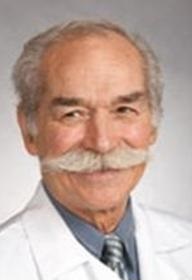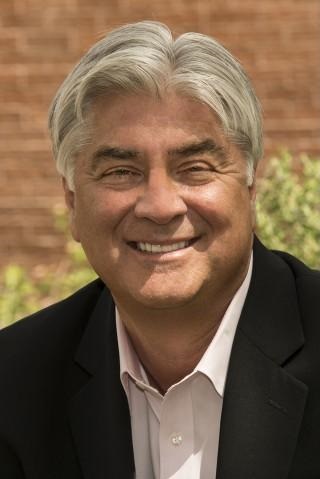April 2014 Arizona Thoracic Society Notes
 Thursday, April 24, 2014 at 8:00AM
Thursday, April 24, 2014 at 8:00AM The April 2014 Arizona Thoracic Society meeting was held on Wednesday, 4/23/2014 at Scottsdale Shea Hospital beginning at 6:30 PM. There were 15 in attendance representing the pulmonary, critical care, sleep, pathology and radiology communities.
It was announced that there will be a wine tasting with the California, New Mexico and Colorado Thoracic Societies at the American Thoracic Society International Meeting. The tasting will be led by Peter Wagner and is scheduled for the Cobalt Room in the Hilton San Diego Bayfront on Tuesday, May 20, from 4-8 PM.
Guideline development was again discussed. The consensus was to await publication of the IDSA Cocci Guidelines and respond appropriately.
George Parides, Arizona Chapter Representative, gave a presentation on Hill Day. Representatives of the Arizona, New Mexico and Washington Thoracic Societies met with their Congressional delegations, including Rep. David Schweikert, to discuss the Cigar Bill, NIH funding, and the Medicare Sustainable Growth Rate Factor (SGR). Dr. Parides also spoke about the need for increased funding for Graduate Medical Education.
Four cases were presented:
- Jud Tillinghast presented a case of a middle aged man who suffered a cervical cord injury 6-7 years ago resulting in paraplegia. The patient had just moved from California and was referred because of an abnormal chest x-ray. After his injury the patient had a great deal of pain and repeated episodes of aspiration. The patient was asymptomatic. The chest x-ray showed haziness surrounding the right hilum. A CT scan showed RLL, LLL, and RML consolidation which was essentially unchanged from a thoracic CT performed 6 months earlier. A biopsy was performed and consistent with lipoid pneumonia. On further questioning the patient recalled taking mineral oil for the first 2-3 years after his injury to relieve constipation induced by narcotics for pain.
- Gerald Schwartzberg presented a 79 year old man with very severe COPD who presented with hemoptysis. Chest x-ray showed bilateral lower lobe consolidation with an air-fluid level in the right chest. Bronchoalveolar lavage revealed only Aspergillus. A discussion ensued and many were unconvinced that the consolidations resulted from Aspergillus. Since the patient was relatively asymptomatic except from the dyspnea from his COPD, the consensus was to perform a repeat thoracic CT scan.
- Lewis Wesselius presented a 71 year old woman with dyspnea since late 2013. She had a cardiac pacemaker placed in 2008. Her physical exam was unremarkable. Her SpO2 was 96% on room air but decreased to 84% with exercise. Chest x-ray and pulmonary function testing were unremarkable (a DLco was unable to be performed. Echocardiogram revealed a large patent foramen ovale (PFO).
- Allen Thomas presented a 65 year old with dyspnea. The patient had a history of cardiomegaly with diastolic dysfunction and a bipolar disorder treated with lithium, lamotrigine, gabapentin. Chest x-ray showed bilateral interstitial infiltrates. CT scan showed sub-pleural patchy ground-glass opacities combined with irregular reticular opacities reminiscent of nonspecific interstitial pneumonia (NSIP). Collage vascular work up was negative. Review of the website Pneumotox (http://www.pneumotox.com) showed reports of interstitial disease with lamotrigine. The medication was stopped an follow-up CT scan showed near resolution of the abnormalities.
There being no further business the meeting was adjourned about 8:15 PM. The next meeting is scheduled to be a case presentation conference for May 28, 6:30 PM at Scottsdale Shea Hospital.
Richard A. Robbins, MD
Reference as: Robbins RA. April 2014 Arizona thoracic society notes. Southwest J Pulm Crit Care. 2014;8(4):236-7. doi: http://dx.doi.org/10.13175/swjpcc054-14 PDF


